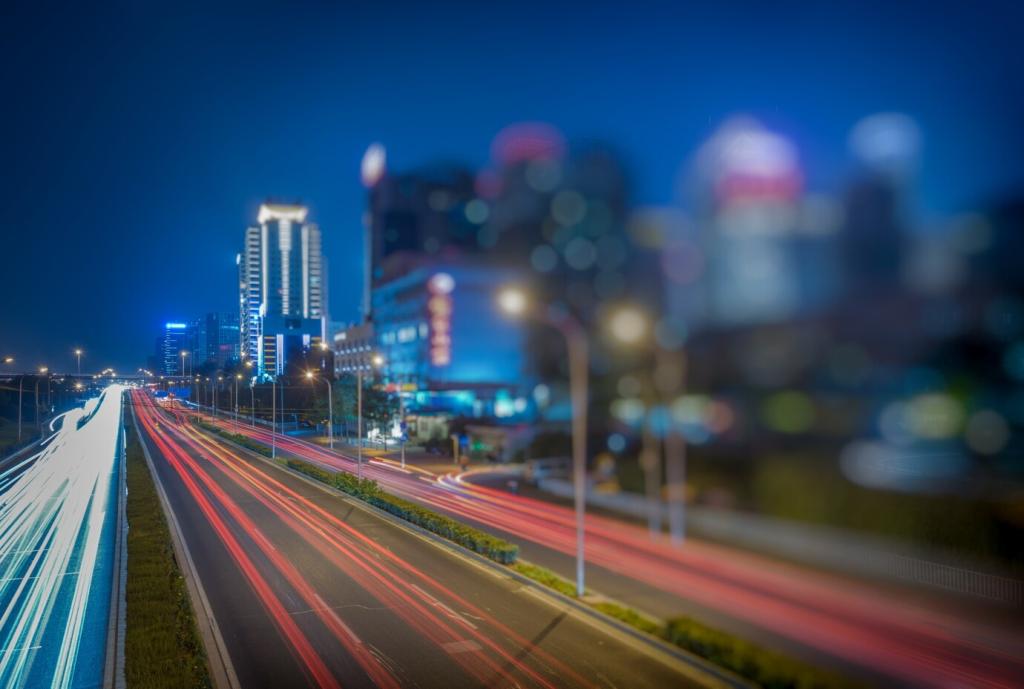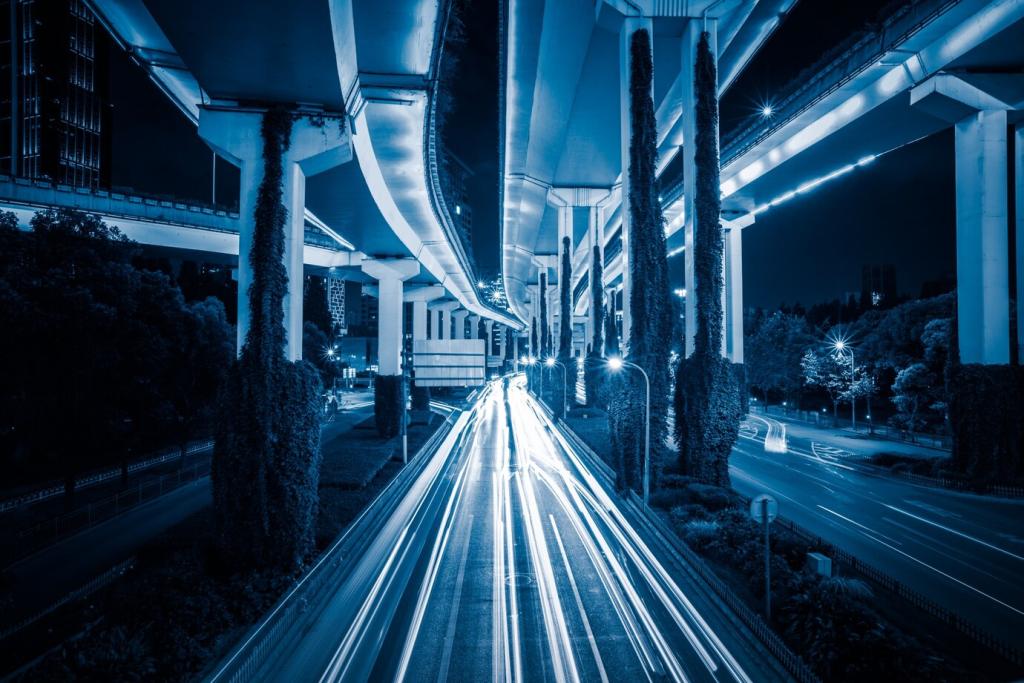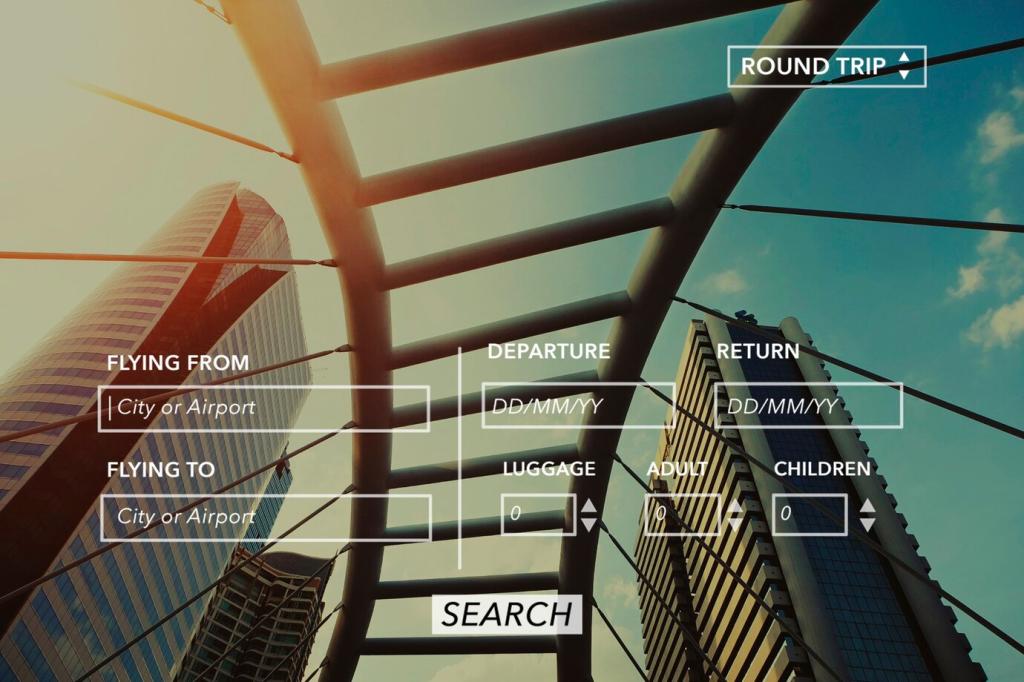Urban green spaces are rapidly transforming cities worldwide, offering far more than recreational benefit. Once limited to parks and gardens, these spaces now serve as essential components in sustainable urban development, supporting biodiversity, resilience, and human well-being. Modern trends emphasize not only the integration of nature within cityscapes but also pushing the boundaries of what green infrastructure can achieve. This page delves into innovative practices and emerging directions shaping the future of urban green spaces, exploring their design, function, and the societal impacts they deliver in forward-thinking urban environments.
Integrating Technology with Green Infrastructure
Modern urban parks increasingly utilize sensor networks, IoT devices, and AI-driven monitoring systems to track visitor flows, air quality, and maintenance needs. These technologies allow city officials to optimize irrigation, lighting, and energy use, ensuring sustainability and cost efficiency. Moreover, smart park management offers dynamic features like interactive maps and real-time updates, enhancing user experience while continuously gathering environmental data. Advanced surveillance and conservation efforts are also possible, leading to safer and more resilient green spaces.


Pop-up parks and temporary green installations are transforming underutilized urban spaces into vibrant, flexible gathering points. Using modular materials and quick deployment strategies, these initiatives offer immediate relief from concrete-dominated environments and are easily relocated or reconfigured as needs shift. Such spaces spark community engagement, pilot new design concepts, and provide valuable green havens during events or construction detours. Their temporary nature encourages cities to experiment and refine permanent green solutions.

As ground-level space in cities becomes scarce, rooftops and vertical surfaces are being transformed into lush, productive green oases. Innovative soil systems, lightweight structures, and advanced irrigation enable gardens that combat urban heat, capture rainwater, and foster biodiversity high above street level. These gardens not only offer aesthetic appeal but also create microclimates, improve air quality, and provide recreational or food-growing opportunities in dense neighborhoods. Their adaptability makes them key components in next-generation urban design.

Resilient green corridors are adaptive networks of interconnected parks, walkways, and habitats that wind through cities, supporting both human movement and wildlife migration. These corridors are designed to absorb floodwaters, buffer noise pollution, and cool urban environments, adjusting their structure as cityscape and climate change. Using native and drought-tolerant plantings, permeable surfaces, and seasonal planning, corridors actively respond to ecological pressures and urban development, ensuring long-term vitality and connectivity for people and nature alike.
Previous
Next
Social Impact and Community Co-Creation
Contemporary urban planning is embracing participatory frameworks, inviting residents to co-design green spaces through workshops, charrettes, and digital consultations. This collaborative approach ensures the spatial organization, amenities, and activities of parks reflect diverse cultural backgrounds and lifestyles. By involving the community in decision-making, cities nurture a strong sense of ownership, mitigate conflicts, and produce more relevant and cherished public environments. Participatory planning empowers marginalized groups, amplifying voices that have often been excluded from urban design.
Join our mailing list
